Place the Wind Farm in the Wrong Place
The Horse Heaven Hills is not a good place to build wind farms; Tornado Alley is the optimal place for wind turbines in the United States (see figure below where average wind speeds exceed 6.5 m/s), pushing capacity-factor-a-measure-of-reliability to > 50%. It has made wind the second largest generator of electricity in Kansas, South Dakota and Iowa, where they actually displace coal power.
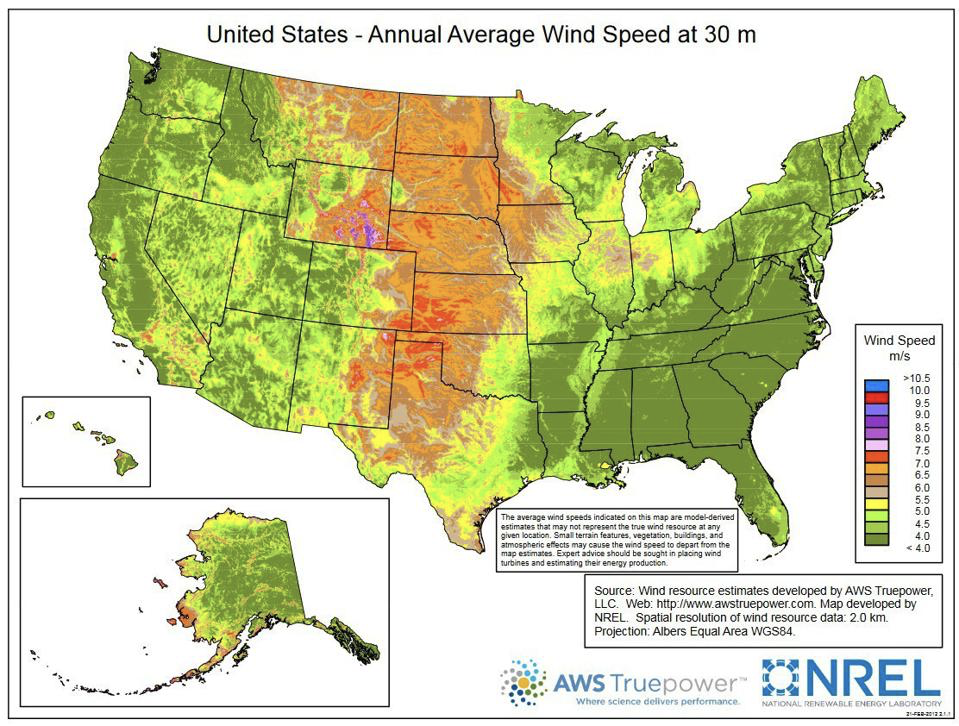
Wind Farms Placed on Ridges
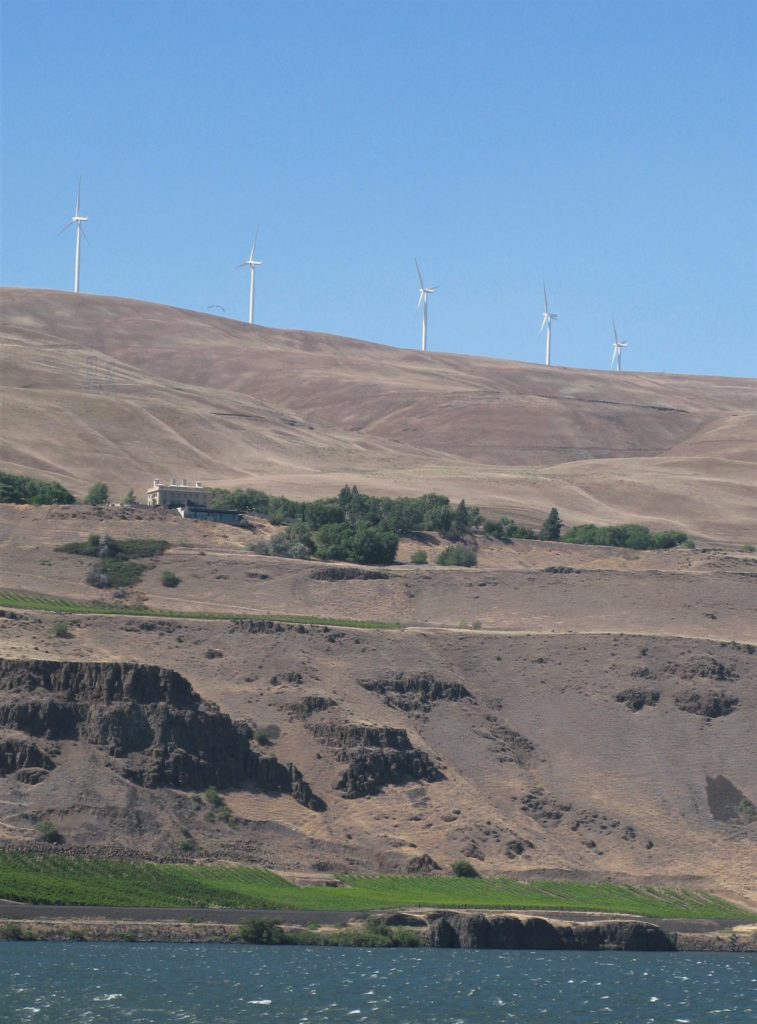
The Maryhill Museum in the Columbia Gorge is surrounded by giant wind farm towers on the ridges above. Mr. Hill chose this location for his mansion and religious group because he considered it a Paradise on Earth; he might not be so sure if he saw it today.
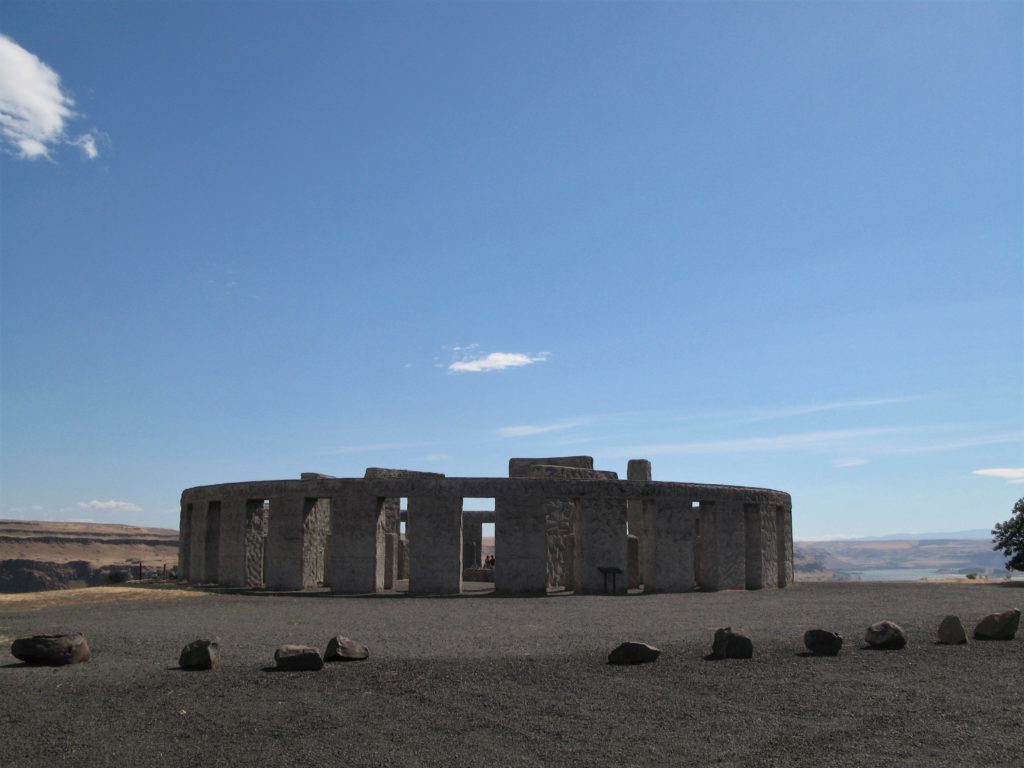
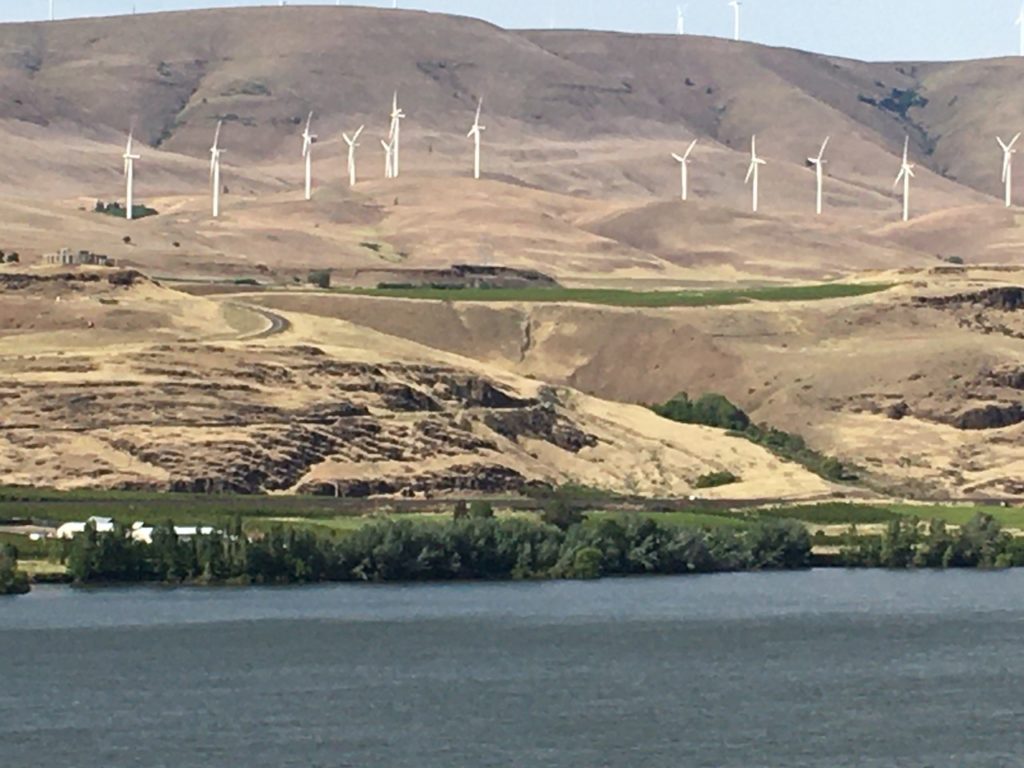
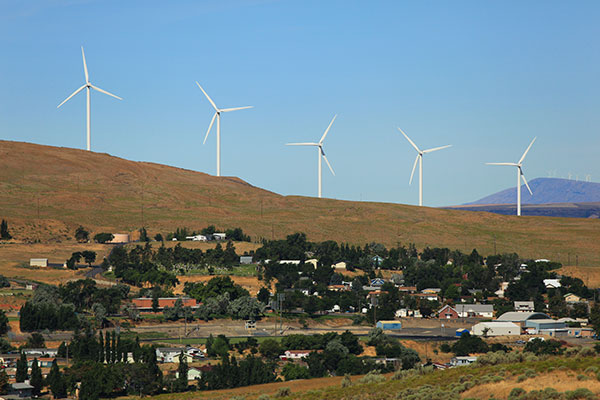
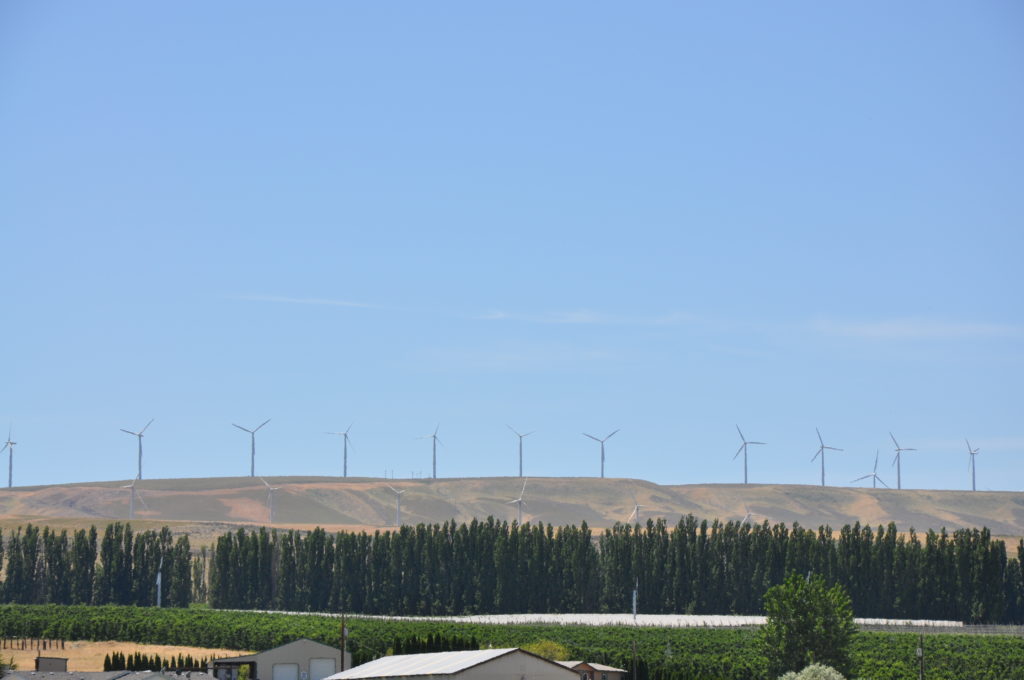
O
Obsolete Wind Farms
When the economics of wind energy changes and wind farms are no longer profitable, who will remove the thousands of wind turbines? This happened in the 1990s when the tax credits of wind power expired in California and thousands of smaller wind turbines in the San Gorgonio Pass area on the way to Palm Springs were abandoned by their investors and mostly were broken down for the next twenty years. According to some estimates, there were over 14,000 abandoned wind turbines at one time in the USA. The props of these older wind turbines are often made from fiberglass and cannot be recycled, ending up in landfills.
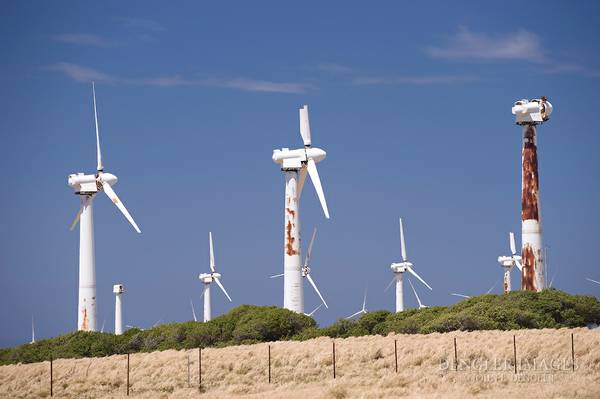
The wind farm graveyard of Casper, Wyoming
Between last September and this March, it will become the final resting place for 1,000 fiberglass turbine blades.
These blades, which have reached the end of their 25-year working lives, come from three wind farms in the north-western US state. Each will be cut into three pieces, then the pieces will be stacked and buried.
Turbines from the first great 1990’s wave of wind power are reaching the end of their life expectancy today. About two Gigawatts worth of turbines will be refitted in 2019 and 2020. And disposing of them in an environmentally-friendly way is a growing problem.
This cost taxpayers $200,000 or more per unit, or 200 million total, for the 1000 blades, to have them transported and decommissioned
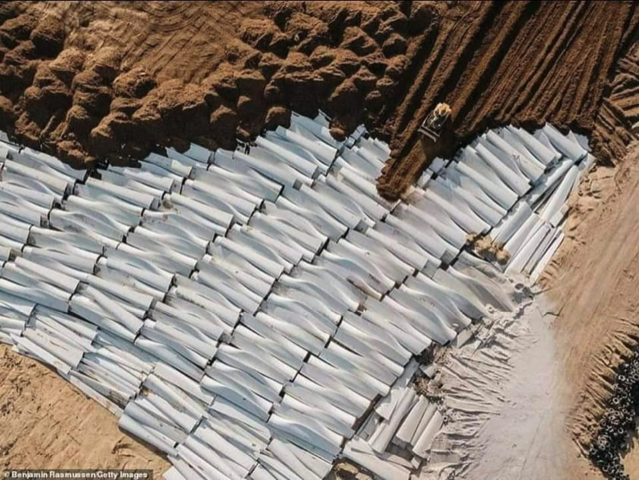
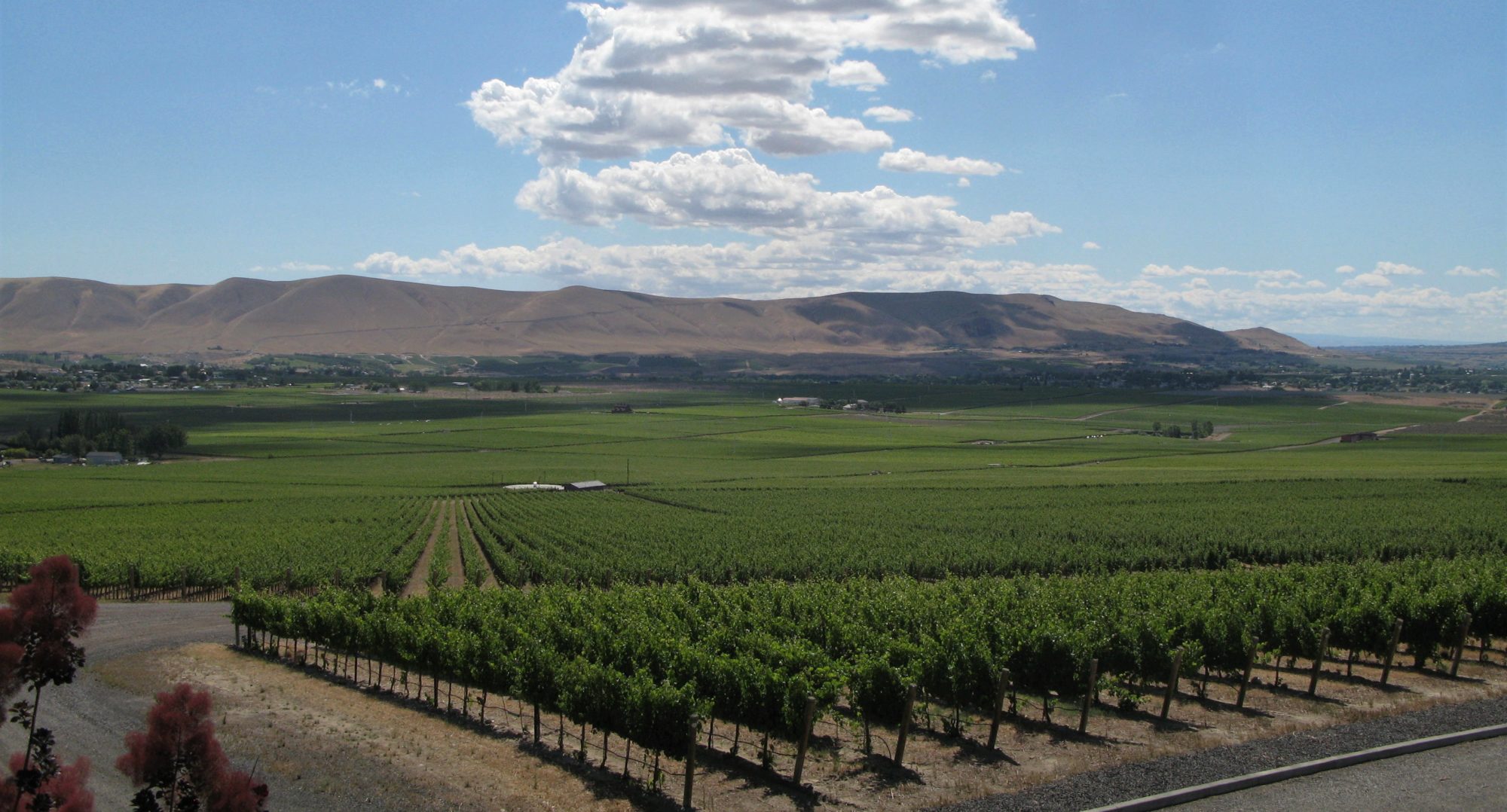
 Users Today : 19
Users Today : 19 Users Yesterday : 14
Users Yesterday : 14 Users Last 7 days : 81
Users Last 7 days : 81 Users Last 30 days : 344
Users Last 30 days : 344 Users This Month : 176
Users This Month : 176 Users This Year : 1185
Users This Year : 1185 Total Users : 11803
Total Users : 11803 Views Today : 25
Views Today : 25 Views Yesterday : 23
Views Yesterday : 23 Views Last 7 days : 149
Views Last 7 days : 149 Views Last 30 days : 568
Views Last 30 days : 568 Views This Month : 334
Views This Month : 334 Views This Year : 3391
Views This Year : 3391 Total views : 22225
Total views : 22225 Who's Online : 0
Who's Online : 0